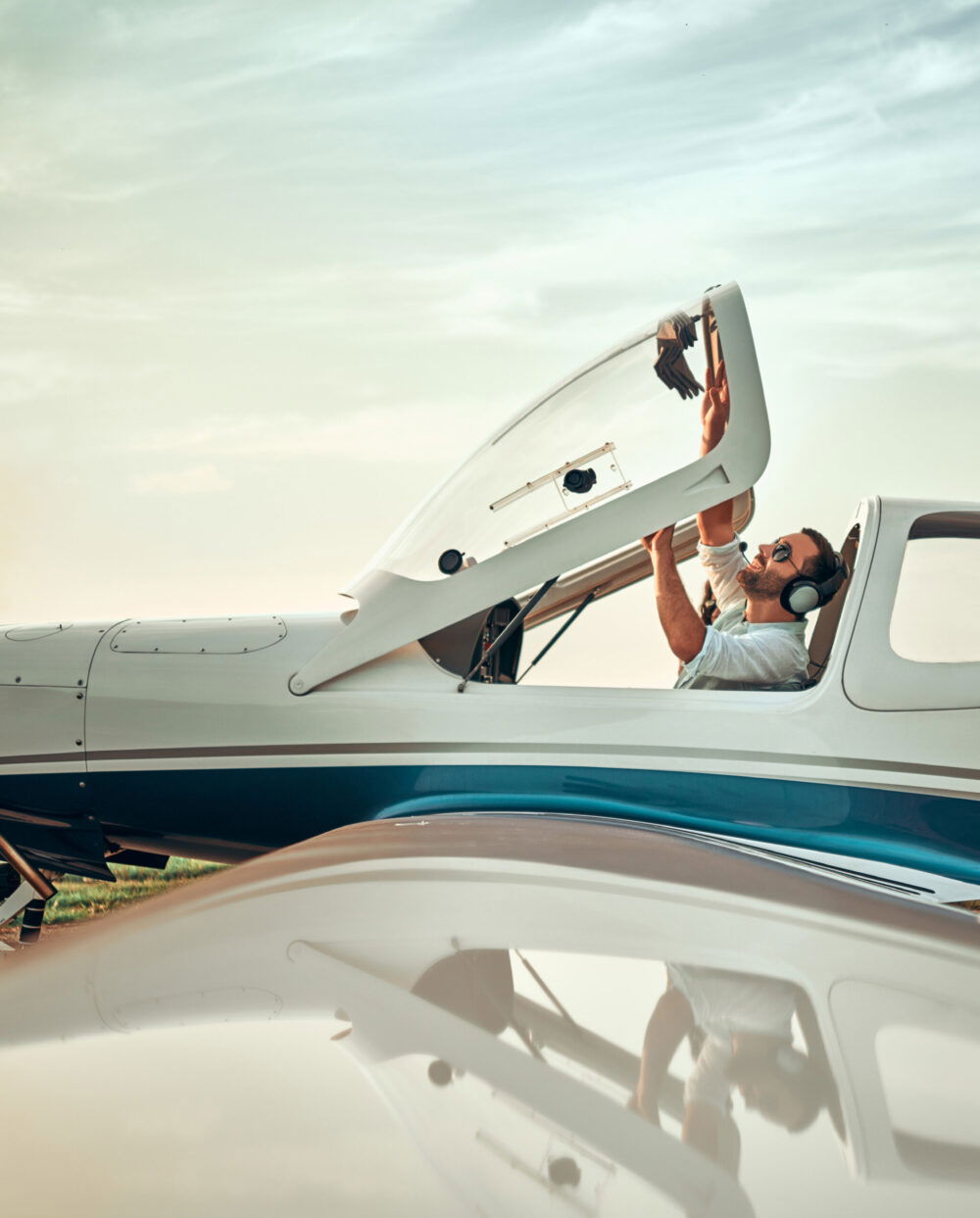PARIS—French aerospace giant Dassault Aviation, maker of the popular Rafale series of twin-engine fighter jets, is planning to go orbital.
At the Paris Air Show, Dassault unveiled its “Véhicule Orbital Réutilisable de Transport et d’Exploration,” or Vortex, which translates to Reusable Orbital Transport and Exploration Vehicle. The manufacturer has signed agreements with the European Space Agency (ESA) and French Armed Forces to chart a path to demonstrations of the low-Earth orbit (LEO) spaceplane concept.
Vortex, billed as a family of vehicles, marks Dassault’s entry into the increasingly competitive world of reusable spacecraft. Within days of unveiling it, the concept received the attention of ESA, which is seeking commercial partners to cement Europe’s position in the space industry under its Explore 2040 initiative.
“Enlarging the European industrial base is key for new opportunities arising in space exploration, aiming at more autonomy,” said Daniel Neuenschwander, ESA director of human and robotic exploration, in remarks accompanying the partnership announcement.
On Friday, the space agency signalled interest in designing, developing, and evaluating a suborbital testbed version of Vortex. The partners will study what that might entail—and explore what kinds of payloads it could launch to LEO.
“With Vortex, Dassault is contributing to strengthening European capacities and securing sovereign access to space in a strongly growing and competitive space sector,” said ESA director general Josef Aschbacher.
Also on Friday, French Armed Forces Minister Sébastien Lecornu and Dassault CEO Eric Trappier struck a deal to support the development of a Vortex demonstrator. Test objectives include flight control, hypersonic flight, and “advanced thermal protection technologies.” In addition to civil research and orbital transport, the manufacturer believes the spaceplane could conduct autonomous military missions.
“Like Dassault Aviation’s civil and military aircraft, the Vortex spaceplane is designed to be highly versatile,” said Trappier. “It will contribute to transforming the uses of the space sector and opening up new fields of application.”
The Concept
Vortex is billed as a multiuse design for a range of different commercial, science, and military missions.
Among its key features is reusability, which can reduce the cost and time to launch compared to expendable vehicles. Dassault says it will be capable of runway takeoffs and landings, soaring through the atmosphere like a plane to orbit, where it could release an autonomous free-flying platform. Early specifications include a large payload bay.
The French manufacturer envisions plenty of applications for Vortex, including transport to and from space stations. For example, several private firms—many of them NASA partners —are developing commercial alternatives that could replace the International Space Station near the end of the decade. Vortex could deploy, position, maintain, and retrieve satellites in LEO. It’s also being designed for cargo delivery and “space intervention,” per Dassault.
The manufacturer says it will seek out international and public-private partnerships “with the best players in the orbital sector” to tailor the spaceplane for customers. That means collaborations with ESA and the French Armed Forces could be the first of many.
The partners’ first step will be flight of a one-third scale demonstrator, ensuring that Vortex’s systems perform even during the tumultuous reentry phase. Beyond that, Dassault is planning flights of a two-thirds scale “smart free flyer” and full-scale cargo and crewed variants.
Can Dassault Pull It Off?
This isn’t Dassault’s first rodeo with spacecraft.
The manufacturer says it was “heavily involved” in the design of Thales Alenia Space’s Intermediate eXperimental Vehicle (IXV), another demonstrator. The IXV in 2015 successfully completed a controlled reentry, making it the first lifting body to do so after decelerating from full orbital speed—a capability essential for Vortex. However, a lack of funding excluded Dassault from ESA’s follow-on Space Rider project, which is targeting maiden flight in 2027.
The company further contributed to the European Hermes spaceplane project, initiated in 1987, and NASA’s X-38 Crew Rescue vehicle.
Dassault is also a player in European defense, building on the success of the Rafale with more ambitious designs. It leads the nEUROn uncrewed combat drone program and is part of the consortium developing Europe’s Future Combat Air System (FCAS) and Eurodrone.
Those programs have faced hurdles, though. The French government last week put out a fresh solicitation for the delayed Eurodrone, which includes Dassault’s rival Daher. Airbus, meanwhile, is jostling with the company for leadership of FCAS, creating tension around the sixth-generation fighter.
Like this story? We think you’ll also like the Future of FLYING newsletter sent every Thursday afternoon. Sign up now.




